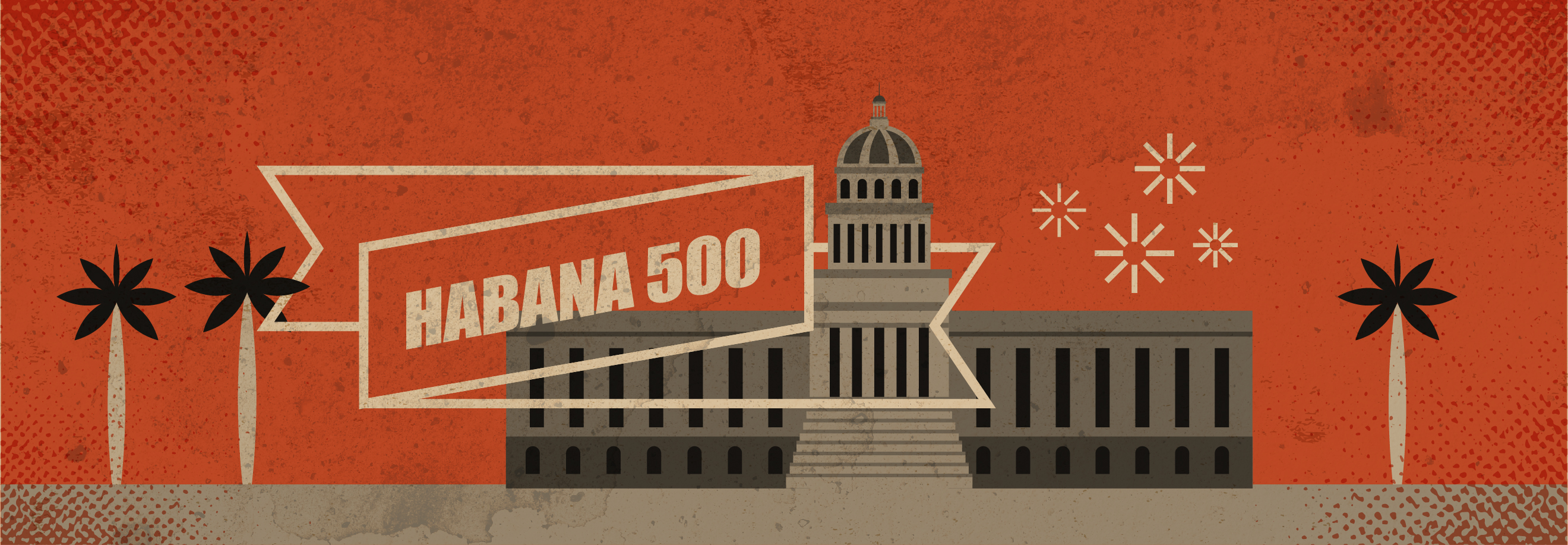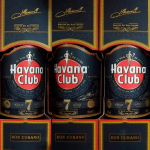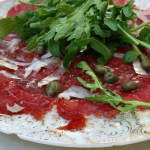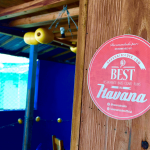In one of Cuba’s best tobacco growing areas, Pinar del Rio’s San Luis region, tobacco grower Hiroshi Robaina wakes up every year at midnight on September 21 to check the direction of the wind at his plantation, Cuchillas de Barbacoa. It was the same for his late grandfather, the legendary tobacco grower Alejandro Robaina. If the winds come from the north, it means a good harvest; if the winds are from the south, it means a bad one. In 2014, Hiroshi felt the winds coming down from the north.
“This harvest was one of the best in recent years,” said Hiroshi during a trip last week to his plantation. Cuba’s tobacco growing season is usually from about late October to late March; thus, the two year indication for the season.
The excellent quality of Cuba’s most recent tobacco harvest came as a relief to its cigar industry. During the previous 2013-2014 season, severe rains throughout the growing season significantly decreased the quality and the quantity of the harvest due to a serious fungus problem. This affected the yield of both wrapper and filler tobacco. As Hiroshi explained, “Fungus can be particularly problematic for the wrapper because it stains it, and the wrapper is, in a way, also the calling card of a cigar.”
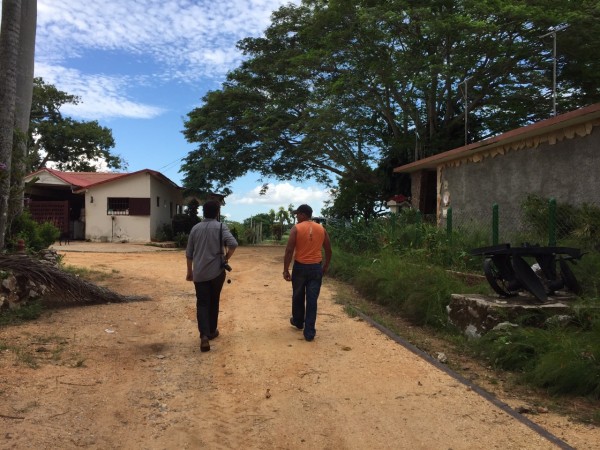
The 2014-2015 tobacco season was a drought by comparison. According to Cuban official daily newspaper Granma, it was one of the worst droughts in the last 115 years. But for tobacco, it created exceptional growing conditions, allowing growers to water the furrows evenly, as the plants required, throughout the season, avoiding unwanted excesses. As Hiroshi stated, the 2014-2015 harvest was exceptional both “in quality and in quantity.”
According to state tobacco monopoly Tabacuba, the harvest saw an increase of 3,400 tons from the previous year, and Granma noted the 2014-2015 harvest “marks the beginning of a recovery for the tobacco industry.” Additionally, an extra 1,000 hectares will be planted for the 2015-2016 season.
The question today, because it’s September 21, is what direction the wind is coming from at Hiroshi’s plantation? Our visit to his plantation was less than a week ago and the seeds in his seedbeds had already germinated into tiny and healthy seedlings. So far rain had not been a problem. Stay tuned.
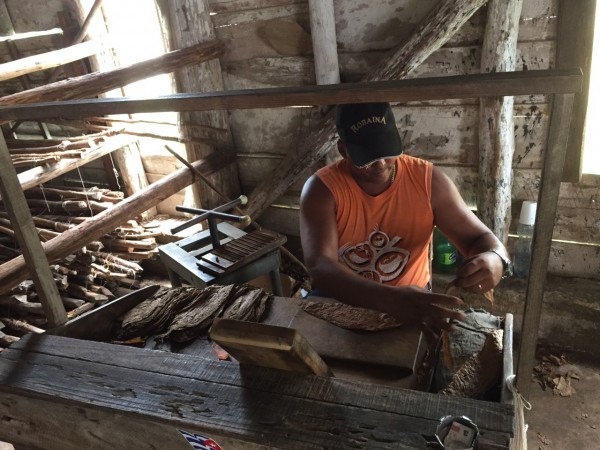
We also have a video with Hiroshi where he talked in detail about his family’s legendary Finca Robaina. Watch it below.



